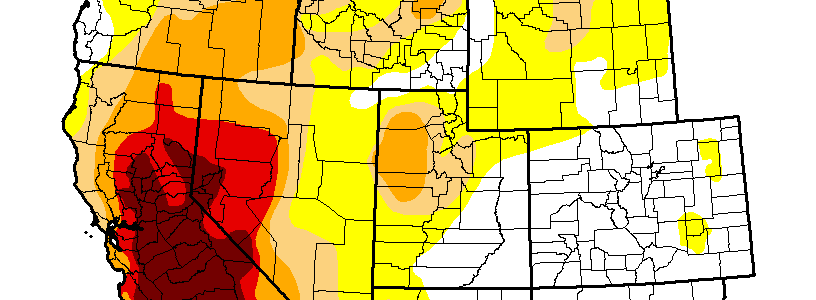Pam Knox
-

The recent storm system that passed through the Southeast brought severe weather, including tornadoes, to parts of the region, including North Carolina. The State Climate Office of North Carolina has published a blog post today that describes the storms that hit their state at https://climate.ncsu.edu/climateblog?id=179&h=5666e5c1, along with some tornado climatology for February. You can also find…
-

I was surprised to read today that NASA is experimenting with growing potatoes in a simulated Martian environment in Lima, Peru. If humans are ever going to colonize Mars, they need to find a crop that can grow in the harsh conditions there. Why potatoes? According to the story in Popular Science, “As Scientific American…
-

Yahoo News published an article a few days ago on the importance of research on identifying new plants and seeds when dealing with land changes like droughts, forest fires, and changes in local climate. Restoration of the land will provide a home for native species and can also provide food for livestock. In the article…
-

A recent study on changes in sea level since 800 BC shows that sea level is now rising at a rate that is higher than any other period in the last roughly 3000 years. The study was based on a new dataset of sea level elevations at 24 locations around the globe. You can…
-

Last weekend I pointed out that Fiji was about to take a direct hit from strong tropical cyclone Winston. NOAA’s Climate blog has a post-storm analysis of Winston at https://www.climate.gov/news-features/event-tracker/tropical-cyclone-winston-causes-devastation-fiji-tropical-paradise. According to Investment Fiji, “Agriculture (is) the mainstay of Fiji’s economy, and contributes around 28% to total employment in the formal sector, indirectly employing many more.…
-

The Southern SARE (Sustainable Agriculture Research and Education) has released a new guide to agroforestry, the “Sustainable Agroforestry Practices in the Southeastern United States: Training Handbook for Training Field Extension and Technical Assistance Personnel”. Here is what they say about it: “This handbook has been developed to train field-level Extension and technical assistance personnel, who are…
-

After several years of drought, Californians were looking forward to a wet El Niño season to refill their reservoirs and recharge their water systems. But while northern California has seen much more rain than in the last few years, southern California is still suffering from a major lack of water, and drought conditions as well…